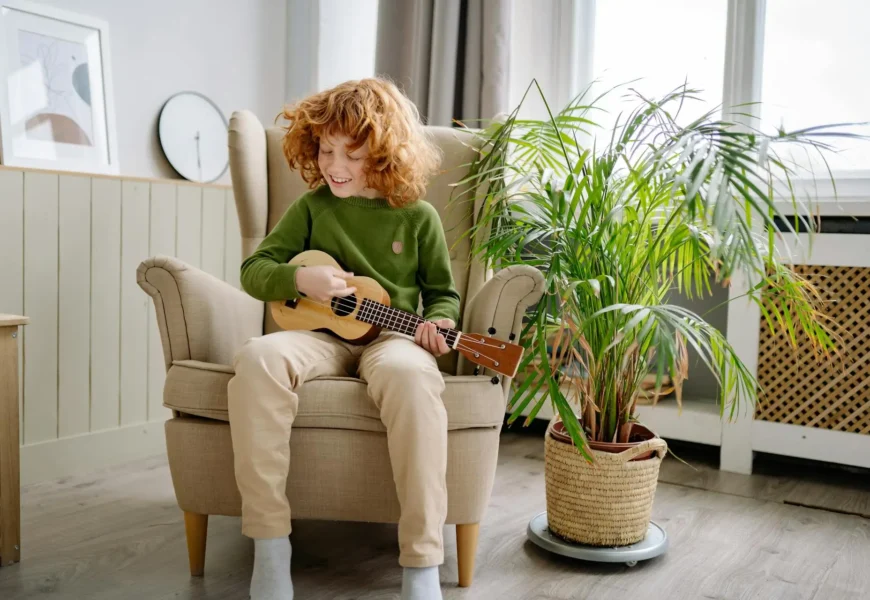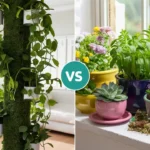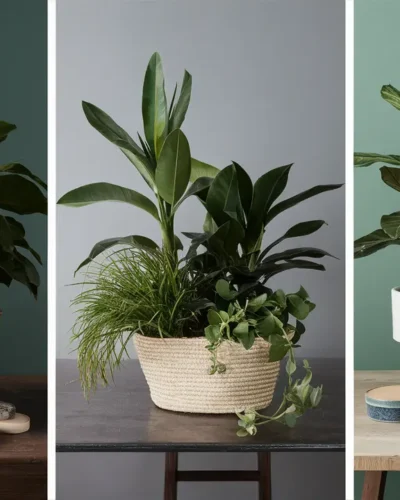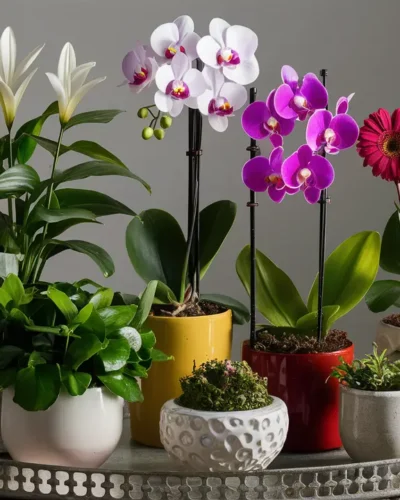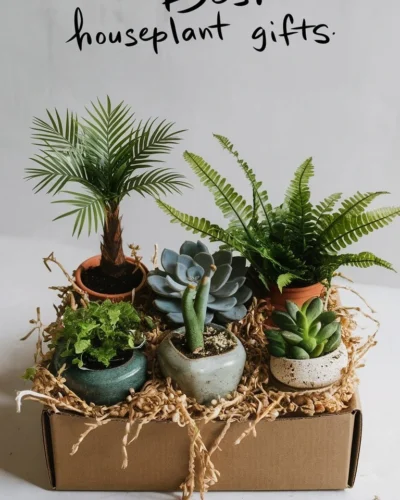Do you love the idea of bringing a little plants into your home, but you’re hesitant because you have kids running around?
But fear not! There’s a solution: kid-proof houseplants. These resilient beauties can withstand a bit of neglect, the occasional curious touch, and even the adventurous exploration of little hands.
Introduction
I remember the days when I tried to keep plants alive with my kids in the house. It felt like a never-ending battle of watering, pruning, and protecting delicate leaves from curious fingers. But then I discovered a secret: there are houseplants out there that not only survive but thrive in the chaos of family life.
Let me introduce you to some fantastic options that will add a touch of nature to your home without causing you any extra stress.
Kid-Proof Houseplants
In this guide, we’ll explore a selection of houseplants that are practically indestructible, even in the presence of energetic little ones. These plants not only tolerate a bit of neglect but also boast other kid-friendly features, such as being non-toxic.
So, whether you’re a seasoned plant parent or just starting your green journey, these kid-proof houseplants are sure to bring joy and beauty into your home.
But before we dive into the best houseplants for kids , let’s briefly touch on the benefits of having houseplants, especially with kids around. As I’ve discussed in my blog post Breathe Easy: Beautify Your Living Room with Top Plants for a Healthy, Happy Home, houseplants not only enhance the aesthetic appeal of your living space but also contribute to better indoor air quality, which is essential for the health and well-being of your family.
Now, let’s take a closer look at our first kid-proof houseplant contender: the Spikey Survivor, also known as the Snake Plant or Mother-in-Law’s Tongue.
This opening sets the stage for an informative and engaging exploration of kid-friendly houseplants while referencing your relevant blog posts to provide additional insights. Let me know if you’d like to continue or if there’s anything you’d like to adjust!
Top Picks for Indestructible Houseplants
Now that we’ve established the importance of choosing kid-proof houseplants, let’s dive into our top picks. These plants are not only resilient but also boast unique features that make them perfect additions to any family home.
A. The Spikey Survivor: Snake Plant (Mother-in-Law’s Tongue)
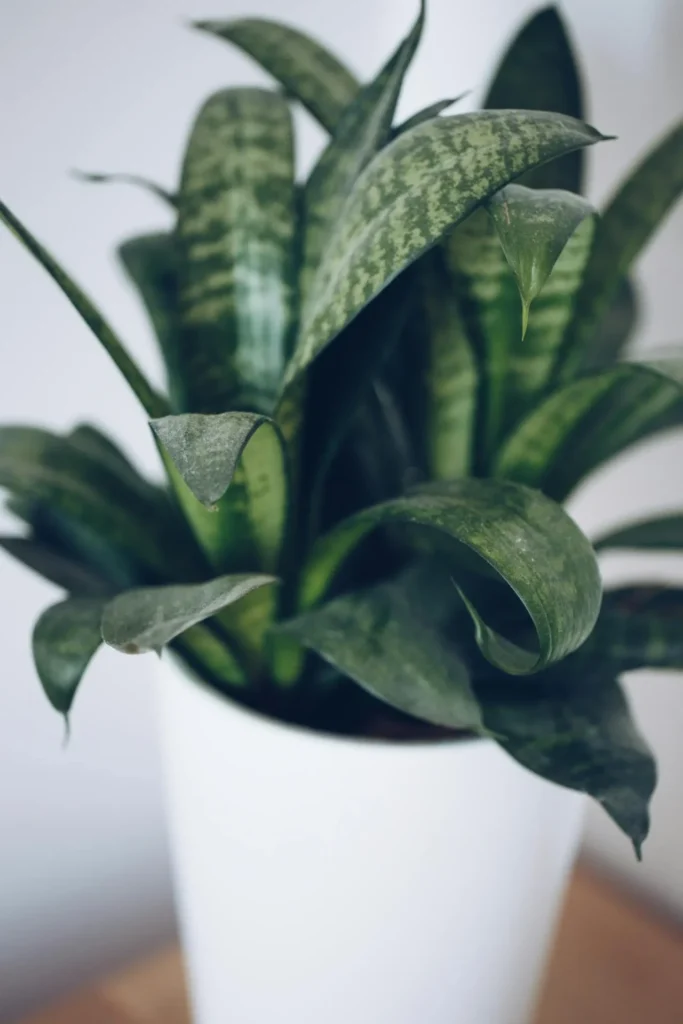
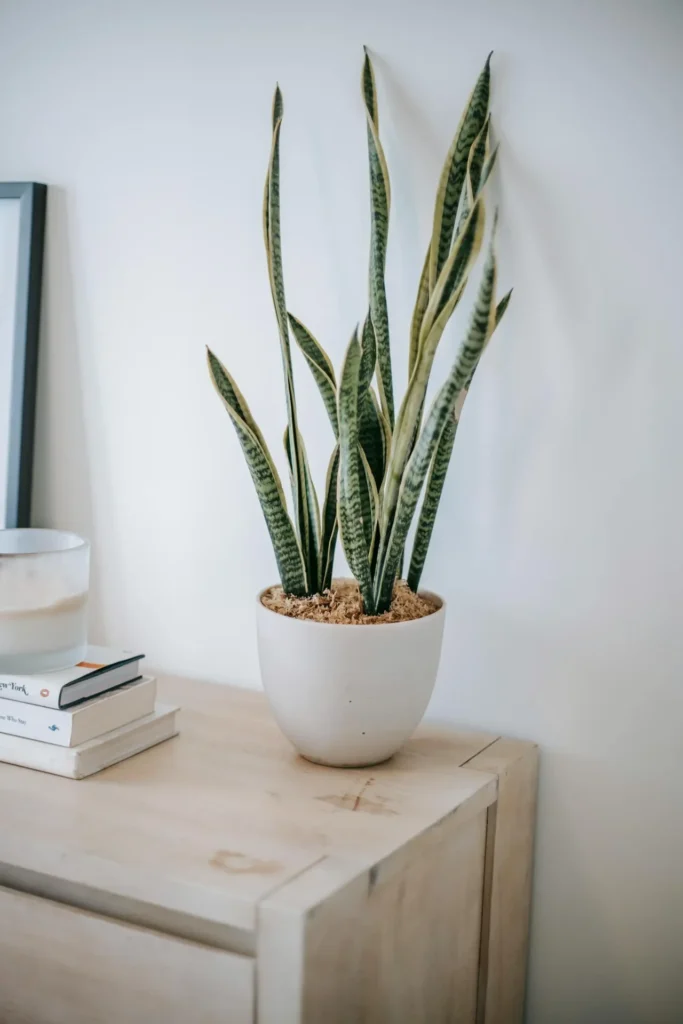
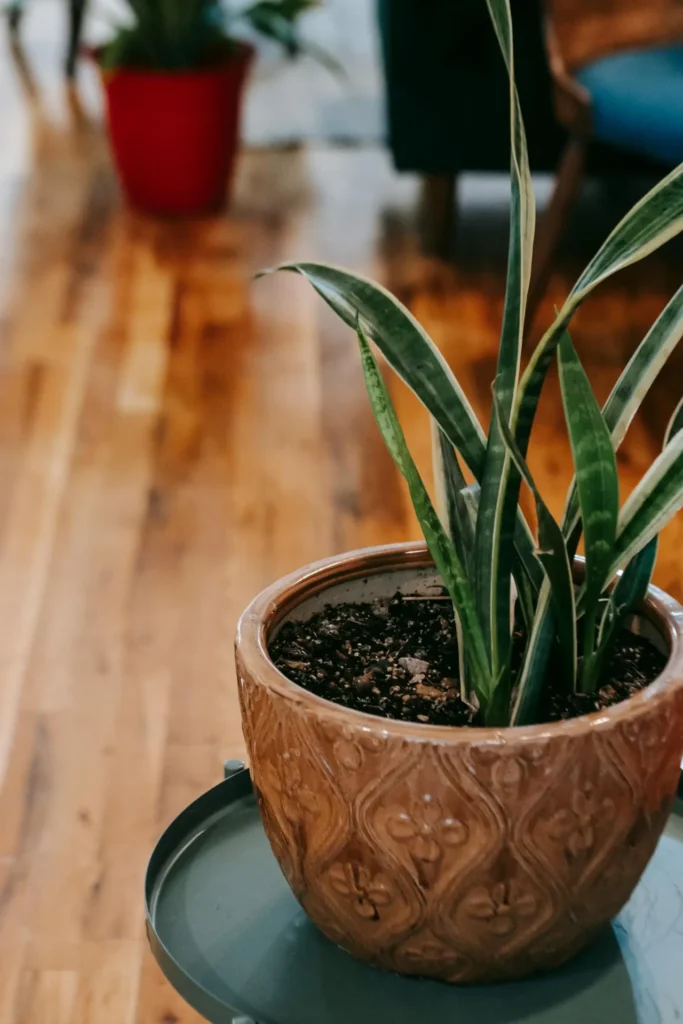
- Description: The Snake Plant is a true survivor, with its striking spiky leaves that add a touch of drama to any room. As I’ve discussed in my blog post Keep Calm and Plant On: A Guide to Safe, Stylish Houseplants, this plant is known for its ability to thrive in low light conditions and its minimal water requirements, making it an ideal choice for busy households.
- Kid-Friendly Features: One of the best things about the Snake Plant is that it’s non-toxic, so you can breathe easy knowing that it’s safe for curious little ones. Its tough leaves can withstand the occasional touch or tug, making it a worry-free option for families with young children.
B. Spider Plant
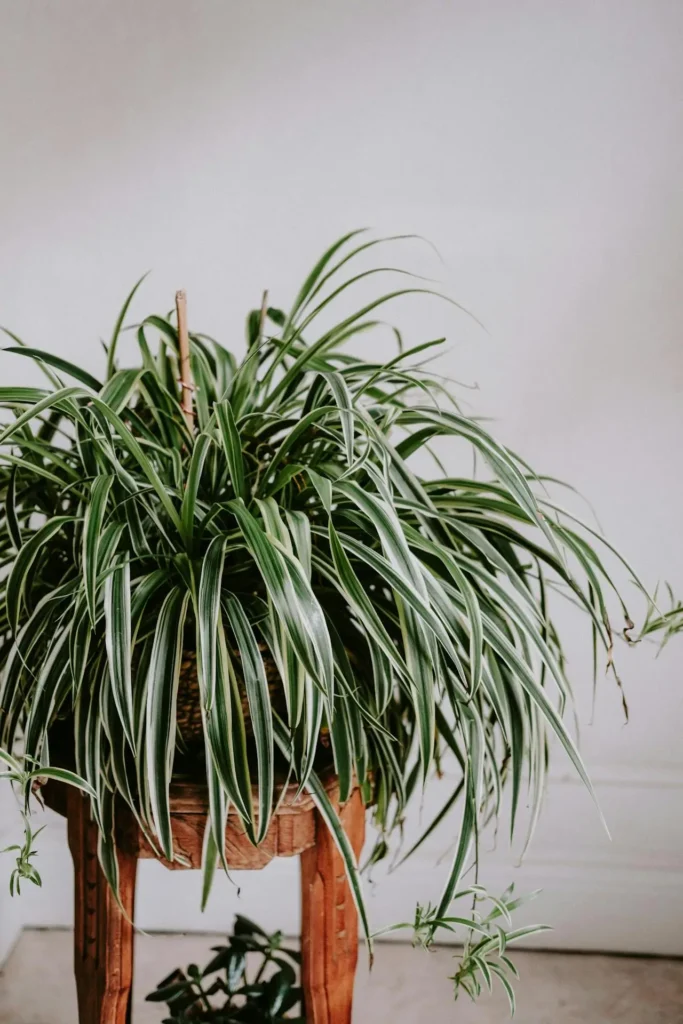
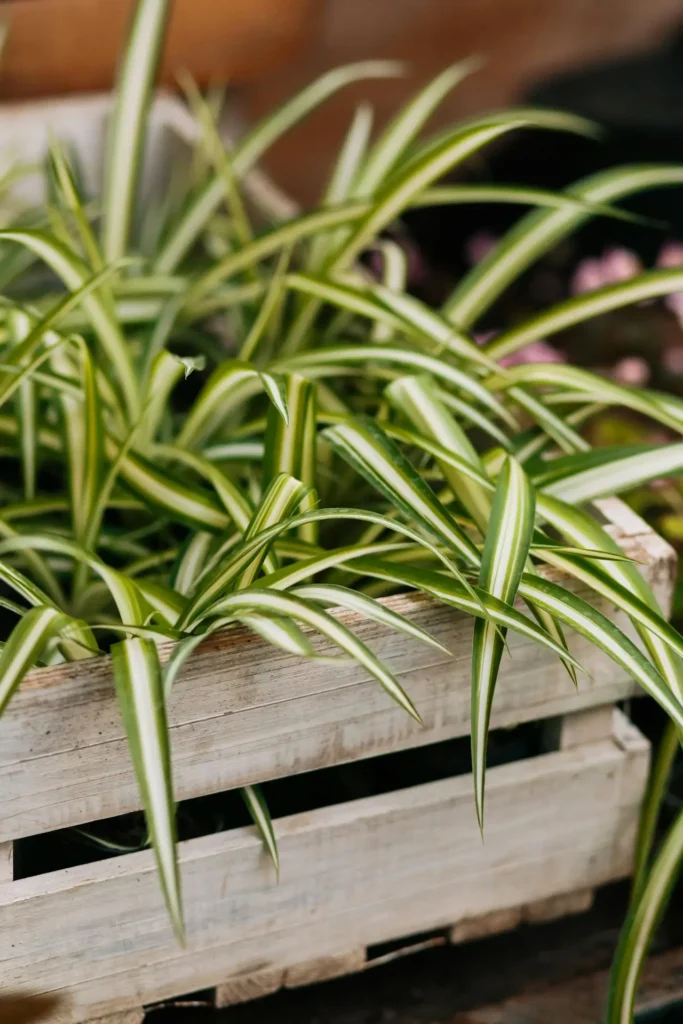
- Description: With its arching leaves and delicate spiderettes, the Spider Plant adds a touch of whimsy to any space. As I’ve discussed in my blog post Thrive Indoors: The Ultimate Guide to Choosing Long-Lasting Houseplants, this plant is incredibly adaptable to different light conditi`ons and is easy to propagate, making it a favorite among beginner gardeners.
- Kid-Friendly Features: Like the Snake Plant, the Spider Plant is non-toxic, so you can rest assured that it’s safe for kids and pets. Its resilient nature means that it can handle a bit of roughhousing, making it a great choice for families with active children.
C. Ponytail Palm

- Description: The Ponytail Palm is a quirky addition to any home with its bottle-shaped trunk and wispy, spiky leaves. As I’ve discussed in my blog post Breathe New Life Into Your Houseplants: Repotting Done Right, this plant is incredibly low-maintenance and can survive weeks without water thanks to its ability to store moisture in its trunk.
- Kid-Friendly Features: Like its counterparts, the Ponytail Palm is non-toxic, making it safe for children and pets. Its unique appearance is sure to capture the imagination of young ones, and its resilience means that it can handle a bit of neglect, making it a stress-free option for busy families.
By choosing one (or all!) of these kid-proof houseplants, you can enjoy the beauty of nature in your home without worrying about the safety of your little ones. But why stop there? Let’s explore how you can turn plant care into a fun and educational activity for the whole family.
Turning Plant Care into Fun with Kids
Now that you’ve chosen your kid-proof houseplants, why not get the whole family involved in their care? Transforming plant care into a fun and educational activity can not only strengthen family bonds but also teach children valuable lessons about responsibility and nature.
Suggest Easy and Engaging Activities for Kids:
- Decorating Pots: Get creative with your plant pots by letting your kids decorate them with paints, markers, or stickers. Not only will this personalize their plant, but it will also encourage their creativity. Check out my blog post DIY Self-Watering Planter Project for tips on creating custom planters.
- Helping with Watering: Turn watering your plants into a science experiment by involving your kids. Let them help you measure and pour water, teaching them about the importance of hydration for plants. You can even track the watering schedule together and observe how it affects plant growth over time.
- Observing Plant Growth: Encourage your children to observe their plants regularly and track any changes they notice, such as new leaves unfurling or growth in height. This not only teaches them about plant life cycles but also instills a sense of curiosity and wonder about the natural world. Refer to my blog post Sprouting Joy: The Easy Guide to Starting Houseplants from Seeds for more insights into plant growth.
Briefly Mention the Educational Benefits:
Engaging with houseplants offers numerous educational benefits for children. By caring for plants, they learn about plant science, including topics such as photosynthesis, water absorption, and soil nutrients. Additionally, taking responsibility for watering and nurturing their plants instills a sense of ownership and teaches them important life skills.
As I’ve discussed in my blog post Houseplant Parenthood Made Easy: 10 Tips for Beginners to Thrive, involving children in plant care fosters a deeper appreciation for nature and the environment. It also provides opportunities for meaningful family bonding and creates lasting memories.
By turning plant care into a fun and educational activity, you not only nurture your houseplants but also cultivate a love of nature in your children. Now, let’s explore some bonus tips for keeping both your plants and kids safe in your home.
Bonus Tips for Keeping Your Plants (and Kids) Safe
While kid-proof houseplants are designed to withstand a bit of rough handling, it’s still essential to take precautions to ensure the safety of both your plants and your children. Here are some bonus tips to help you create a harmonious environment where both can thrive:
A. Location Matters
- Place Plants Out of Reach: Keep your houseplants out of reach of young children by placing them on high shelves or in hanging baskets. This not only prevents accidental touching or tasting but also adds a decorative element to your home. Refer to my blog post Top Light Plants for Busy Homes for ideas on plants that thrive in different lighting conditions.
- Consider Plant Placement: Be mindful of where you place your plants in relation to furniture and other household items. Avoid placing them near climbing structures or areas where children play to reduce the risk of accidents.
B. Supervision is Key
- Keep an Eye on Little Ones: Supervise young children around houseplants to ensure they don’t accidentally damage or ingest them. Teach them early on that plants are living things that need gentle care and respect.
- Educate About Plant Safety: Take the time to explain to your children why it’s essential to be gentle with plants and not to touch or eat them without permission. Use age-appropriate language and examples to help them understand.
C. Plant Power! Teach Plant Care:
- Involve Children in Plant Care: Encourage children to take an active role in caring for houseplants by watering them under supervision and helping with other tasks. This not only teaches them responsibility but also fosters a sense of pride in caring for living things.
- Teach About Plant Toxicity: Educate children about which plants are safe to touch and which should be avoided. Use this opportunity to discuss plant toxicity and the importance of respecting nature.
By following these bonus tips, you can create a safe and nurturing environment where both your houseplants and your children can thrive together. Now, let’s wrap up by summarizing the benefits of kid-friendly houseplants and encouraging readers to give them a try in their own homes.
Conclusion
Incorporating kid-friendly houseplants into your home can offer a multitude of benefits for both you and your children. From adding a touch of greenery to improving indoor air quality, these resilient plants are a fantastic addition to any family environment. Let’s summarize some of the key benefits:
Benefits of Kid-Friendly Houseplants:
- Improved Air Quality: As discussed in my blog post Breathe Easy: Beautify Your Living Room with Top Plants for a Healthy, Happy Home, houseplants are natural air purifiers, removing toxins and pollutants from the air and creating a healthier indoor environment for your family.
- Fun and Educational: Engaging with houseplants can be a fun and educational activity for children, teaching them about responsibility, plant science, and the natural world. By involving them in plant care, you create opportunities for bonding and learning together.
- Stress-Free Maintenance: Kid-proof houseplants are low-maintenance and resilient, making them perfect for busy families. With minimal care requirements and the ability to withstand a bit of neglect, these plants offer beauty and greenery without the stress of constant upkeep.
Encouragement to Try Kid-Friendly Houseplants:
I encourage you to give kid-friendly houseplants a try in your own home. Whether you opt for the spiky leaves of the Snake Plant, the arching foliage of the Spider Plant, or the quirky charm of the Ponytail Palm, you’re sure to find a plant that fits your family’s lifestyle and aesthetic preferences.
By following the bonus tips for keeping your plants and kids safe, you can create a harmonious environment where both can thrive together. So why wait? Bring a little bit of nature indoors and enjoy the benefits of kid-friendly houseplants today!
Remember to check out my other blog posts for more tips and insights on gardening, plant care, and creating a happy, healthy home environment. Happy planting!
In this conclusion, I summarized the benefits of kid-friendly houseplants and encouraged readers to give them a try while naturally incorporating relevant internal links to your other blog posts. Let me know if there’s anything else you’d like to add or adjust!
Frequently Asked Questions (FAQ)
What are kid-proof houseplants?
Kid-proof houseplants are resilient plants that can withstand neglect, occasional touching, and exploration by children. They are non-toxic and safe for families with young children.
What are the benefits of having houseplants with kids around?
Houseplants improve indoor air quality, enhance the aesthetic appeal of your living space, and provide educational opportunities for children to learn about responsibility and nature.
What are some examples of kid-proof houseplants?
Examples include the Snake Plant, Spider Plant, and Ponytail Palm. These plants are known for their resilience, non-toxicity, and ability to thrive in various conditions.
How can I involve my kids in caring for houseplants?
You can engage children in activities such as decorating plant pots, helping with watering, and observing plant growth. This fosters a sense of responsibility and curiosity about nature.
How do I ensure both my plants and kids stay safe?
Keep houseplants out of reach of young children, supervise them around plants, and educate them about plant safety. Encourage gentle care and respect for living things.

